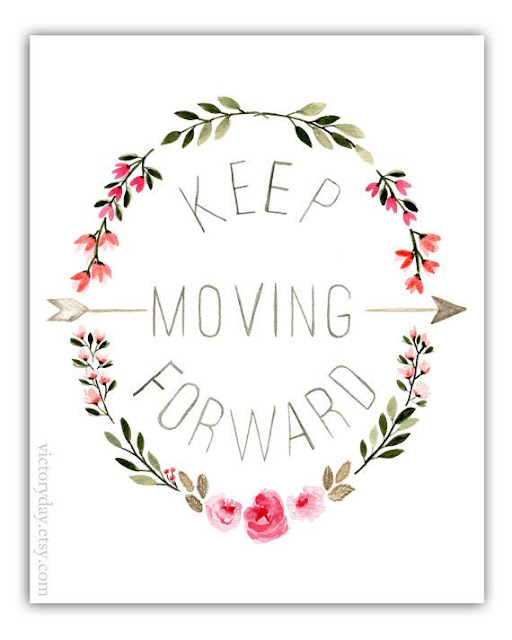THE SEASONED DANCER - THE IMPORTANCE OF CONTINUING TO MOVE

Over the weekend, my daughter attended the Tremaine Dance Convention. She loved it. Additionally, I loved it, because I got to see one of my dance mentors, Joe Tremaine. I was a professional scholar when he had his studio in Los Angeles and am thankful for the opportunity to study under him as well as many other greats like Doug Caldwell, Marguerite Derricks, Michael Rooney and to have been in class at least 20 hours weekly - sometimes with Keith "Tyce" Diorio, Wade Robson, & Charles "Chucky" Klapow. If I was lucky, I would also catch a glimpse of some TV/film/theatre icons when they stopped by or took class: Georgia Engel (Mary Tyler Moore Show), Sherman Hemsley (The Jeffersons), George Chakiris (West Side Story), and Ben Vereen (Pippin).
If you know of Joe, you are aware that he is famous for the high kick with arms in a "T" (brilliant branding logo).

As a younger dancer, I was impressed by his flexibility and his fluidity as he taught me. Now in his late 70's (an educated guess), I am in awe of his energy and the fact that he and still dances during his faculty show at the end of his convention. Still a show stopper.
Joe Tremaine is a testament to the importance of continuing to move.
Why is movement important as we become more seasoned?
MOVEMENT KEEPS YOUR BRAIN ACTIVE - When you dance/exercise/move, you are activating your brain and keeping it engaged. A 21 year study found those who dance regularly had a 76% reduced risk of developing dementia, because dancing combines cardiovascular activity with split second decision making. Dancing tests our neurological system and helps create new neural pathways.
MOVEMENT DECREASES YOUR RISK OF SERIOUS ILLNESS - Evidence shows movement/exercise/dance can decrease your risk of diabetes, stroke, some cancers, depression, and heart disease.
MOVEMENT IMPROVES YOUR BALANCE - One third of people over 65 fall each year. Dance (salsa for example) is a complex sensorimotor rhythmic activity and incorporates physical, social, and cognitive elements which are important components in a fall-reducing exercise regime.
MOVEMENT - WHEN YOU DANCE YOU USE IT NOT LOOSE IT - When you continue to dance or move, you keep your body stretched and you maintain muscle strength. This contributes to less pain and stiffness



Comments
Post a Comment